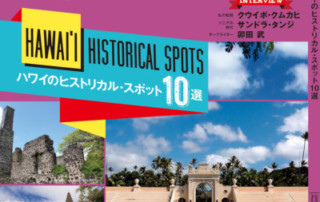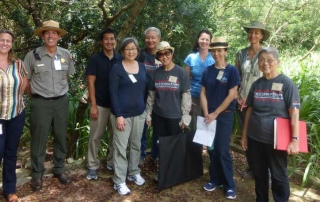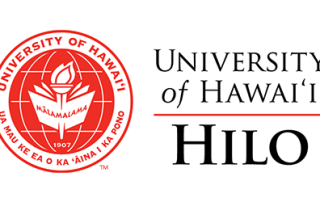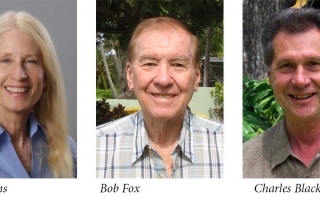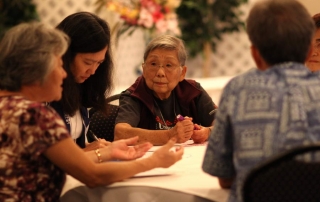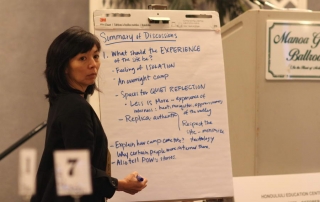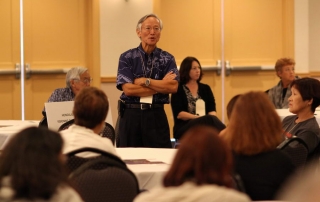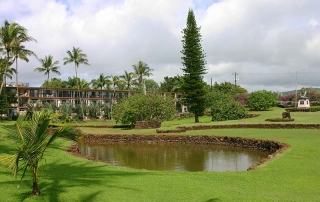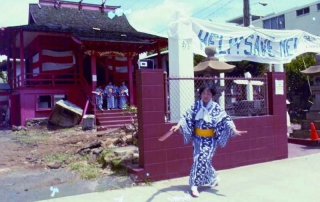NHO Stewardship Program Moves Forward with First Group
In October 2022, Historic Hawai‘i Foundation announced the first partners in its Native Hawaiian Organization Stewardship Training Program. The NHO Stewardship Program is a five-year initiative between HHF and the U.S. Department of the Interior to build capacity of NHOs towards historic preservation and stewardship with the goal of ensuring that their traditional cultural stories and places are being documented, preserved and shared in an appropriate manner with visitors and residents. The program is also supported by a Kūkulu Ola grant from the Hawai‘i Tourism Authority. (See additional details at the end of this article.) HHF Executive Director Kiersten Faulkner said that the first cohort of NHO Partners includes three projects which will be conducted over the next 18 months. Project 1: Kauluakalana was selected for a stewardship training, preservation and restoration project at Ulupō Heiau State Historic Site in Kailua, O‘ahu. Ulupō Heiau State Historical Park consists of 28 acres along the eastern side of Kawainui Marsh. The majestic heiau encompasses approximately 1.42 acres and is the primary feature within the park boundaries. Secondary features include stone walls and enclosures from both the pre-contact and post-contact periods. The landscape has been modified by vegetation clearing, restoring lo‘i kalo (taro) and ‘auwai (traditional irrigation ditch) and planting Polynesian-introduced plants. The heiau is listed in the Hawai‘i Register of Historic Places. Kauluakalana has worked under the nonprofit organization Hika‘alani, which has a Curatorship Agreement with the State of Hawai‘i Department of Land and Natural Resources for the stewardship of the heiau and cultural landscape. The Native Hawaiian Organization uses a three-pronged approach of mo‘olelo (history, tradition), hana (work) and hānai (foster, sustain) to involve community members in activities to restore and [...]



